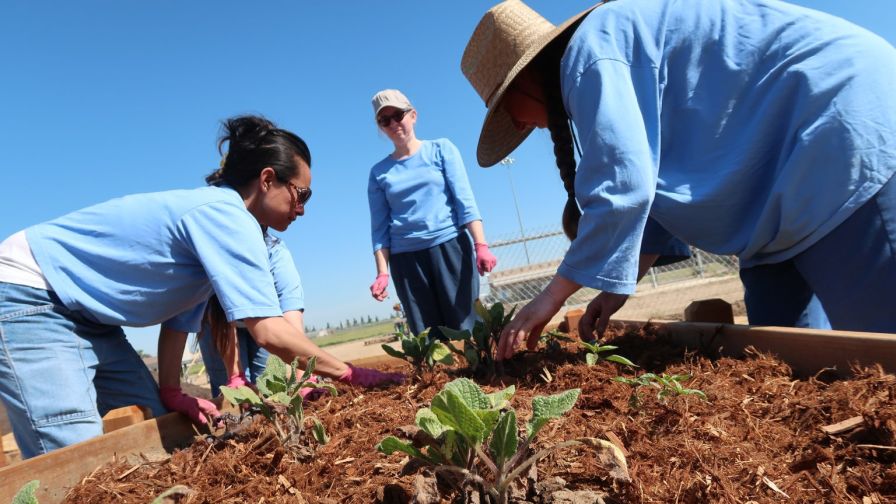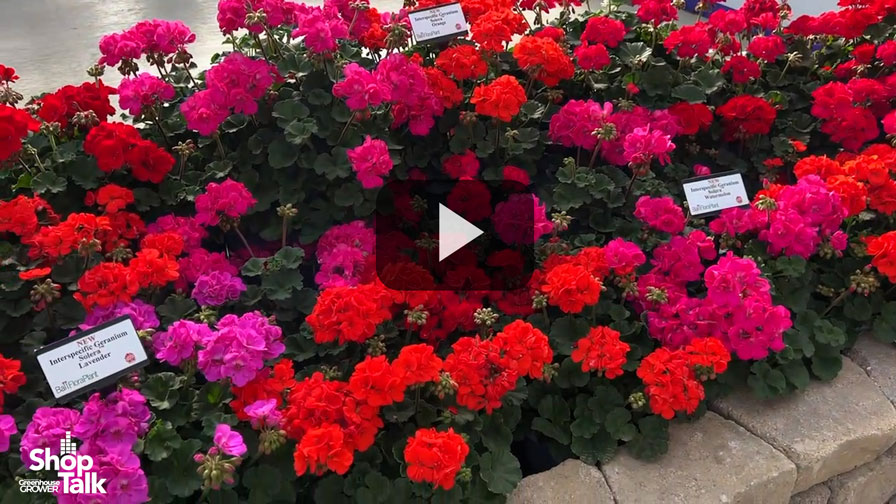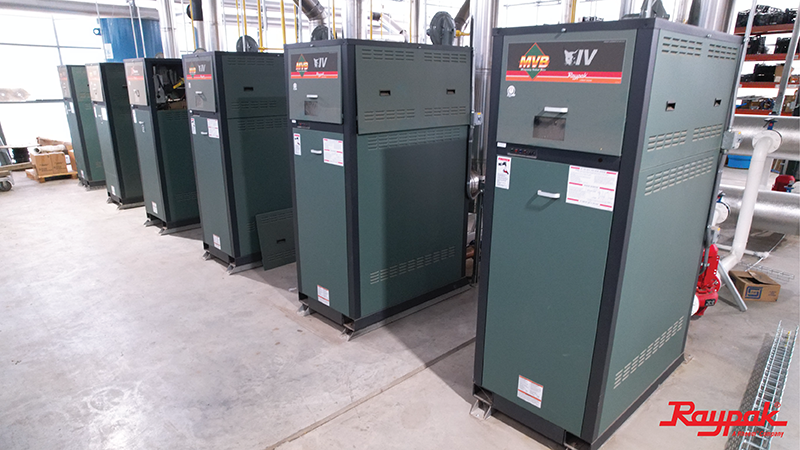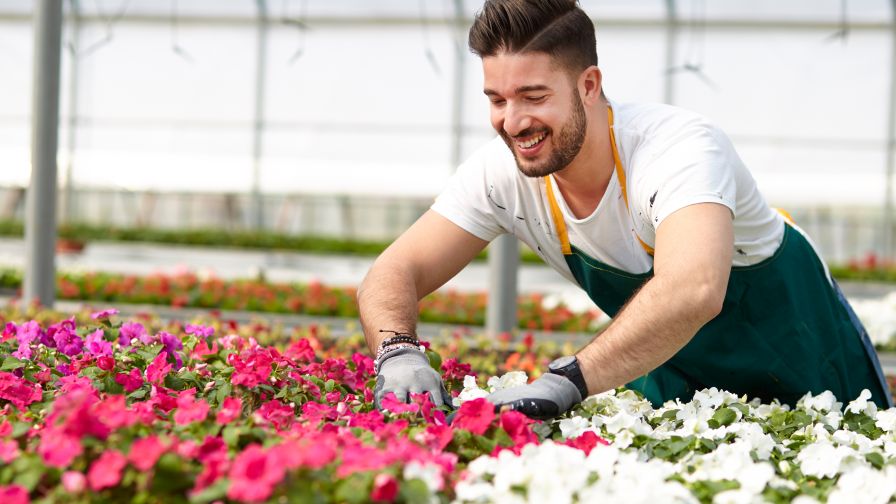How Spring Greenhouse Maintenance Can Help You Maximize Profits
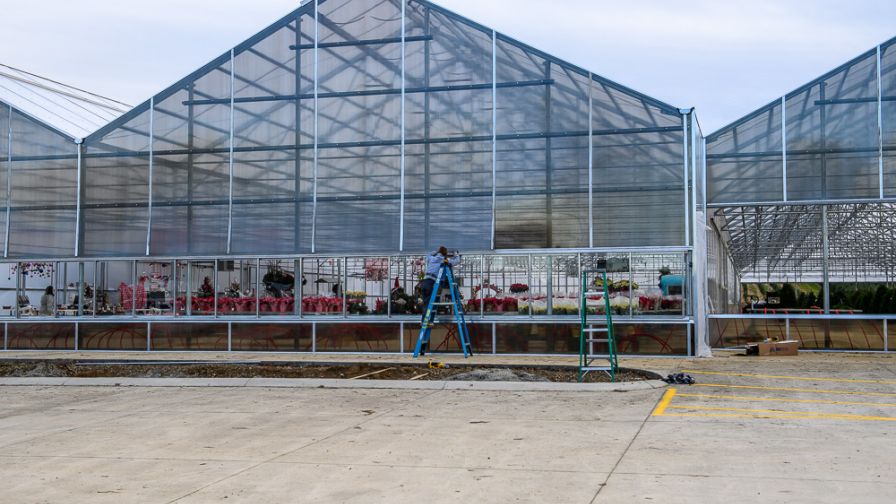
Photo: LLK Greenhouse Solutions
As the spring season arrives, greenhouse operators are actively engaged in clearing their commercial greenhouses and getting their retail operations ready for the upcoming busy season. Nevertheless, it is essential not to overlook one of the most critical factors that can impact your business: spring greenhouse maintenance.
Maintaining your greenhouse in good condition is a cost-effective way to maximize profits. One example of this is reducing water leaks by just one drop per second, which can result in monthly savings of up to 113 gallons.
A well-executed maintenance plan can also prevent equipment breakdowns, improve equipment efficiency, and increase product yields by proactively addressing issues. For instance, by ensuring proper ventilation, stagnant air and condensation can be eliminated, leading to better cooling and heating and prolonging equipment’s lifespan.
To establish an effective spring greenhouse maintenance plan, start by creating a comprehensive checklist that encompasses the structure, mechanical systems, environmental control equipment, and irrigation system. It is also crucial to document all repairs and potential maintenance issues to track resource allocation accurately.
Here is a sampling of some of the key areas to monitor in your greenhouse.
Structures
- Concrete/structure deterioration: structure and bench foundation, walkways, excessive rusting around posts and piers
• Glazing: fading, punctures, inflation, light transmission, replacement history
• Gutters: cleaning to maintain proper drainage and inspecting for rust
• Plumbing: drainage, leaks, rust
Safety
- Wiring: corrosion, smell, damaged wires
• Fire safety: extinguishers, smoke detectors, exit plans
• Safety equipment: eye protection, first aid
Environmental Equipment
- Heating: pilot lights, electrical, gas lines, venting
• Cooling: fans, evaporative cooling systems, vents, shade system, electrical
• Sensors: calibration, damages, power connection
• Vents: lubrication, operation, motors functionality, and limit setting for opening and closing of vents
Irrigation
- Misting equipment: valves, motors, fluid flow, filter cleaning, punctured liners
• Drippers: clog/kink check, fluid flower, filter cleaning
• Fertigation system: monthly flush, injector cleaning, emitter testing
There is no greater priority than safety. Those who work on greenhouses, including owners and installers, mut be aware of the potential hazards involved.
However, adhering to the regulations set forth by the Occupational Safety and Health Administration (OSHA) can be a challenging and costly endeavor. To ensure the safety of workers, various measures have been adopted, such as using safety harnesses, incorporating high-strength cables into gutter systems for secure tying off, optimizing the use of scissor lifts, and improving the overall design of the structures. It is crucial to prioritize safety throughout the entire process of designing, constructing, and maintaining a greenhouse structure.
When calculating their return on investment, growers must prioritize greenhouse maintenance as one of the key factors to consider. Rather than viewing the greenhouse as a static structure, it should be treated as a piece of equipment in its own right, necessitating frequent maintenance checks just like any other machinery. Establishing, scheduling, and tracking a regular maintenance program with your team or with a greenhouse contractor can result in long term cost savings and increased yields for your operations.
Learn more at https://llklink.com.





